KIDSANDCARS.ORG
 KANSAS CITY–On National Child Vehicular Heatstroke Prevention & Awareness Day, Sunday, July 31, KidsAndCars.org is urgently calling upon the National Highway Traffic Safety Administration to require driver reminder technology in all vehicles that will help to prevent the tragedy of babies and toddlers dying in hot cars.
KANSAS CITY–On National Child Vehicular Heatstroke Prevention & Awareness Day, Sunday, July 31, KidsAndCars.org is urgently calling upon the National Highway Traffic Safety Administration to require driver reminder technology in all vehicles that will help to prevent the tragedy of babies and toddlers dying in hot cars.
“Since 1990 more than 775 children have died in these preventable tragedies. Where is the outrage?” stated Janette Fennell, president and founder of KidsAndCars.org, the only national nonprofit child safety organization dedicated solely to preventing injuries and deaths of children in and around vehicles. “Automakers have already added numerous reminders to make sure we buckle up, don’t leave keys in the ignition, don’t leave our headlights on and many more. We think a driver reminder chime to save a child’s life should be just as important as preventing a dead car battery.”
So far this year at least 23 children have died of heatstroke in vehicles, nearly as many as the total for last year, KidsAndCars.org reports. Four died over the July 22-24 weekend in the states of Florida, Pennsylvania, Missouri and Texas.
In 2012 Congress directed NHTSA to study technological fixes to prevent children from being left alone in vehicles and called on NHTSA to take faster action. However, a July 31, 2015, article in the Detroit News stated “The National Highway Traffic Safety Administration has no plans to require automakers to add in-vehicle technology that would alert parents who leave young children behind in hot cars,” the article said. This is despite the fact that NHTSA Administrator Mark Rosekind has said, “There’s no reason we can’t have technology backstops.”
These “backstops” could be developed and installed in new vehicles. “We must all insist on technology to help prevent parents and caregivers from unknowingly leaving children alone in vehicles and enduring a lifetime of pain, sorrow and grief,” Fennell said. In 2016 one manufacturer has introduced a reminder system in one of their 2017 models. But that is only in one vehicle model in the entire United States. “NHTSA needs to report back to Congress as directed about the potential use of other technology, including sensors that could alert a driver or passerby that a child is alone in a vehicle,” she added.
“There can be no compromise on safety for children in and around motor vehicles,” stated Henry Jasny, senior vice president of Advocates for Highway and Auto Safety. “The National Highway Traffic Safety Administration should set standards for technology to alert drivers when an infant or young child is left behind in a vehicle. We already have systems that alert drivers who leave their headlights on or when the gearshift is not in park. The technology to alert drivers when a child is inadvertently left in the vehicle is also available. NHTSA should put it to use.”
Trunk releases, the result of a years-long campaign by KidsAndCars.org, are an example of a successful, inexpensive solution. Required in all vehicles starting in 2002, they prevent child entrapment, saving an untold number of lives. “We know of no deaths in a vehicle equipped with a trunk release,” Fennell said.
Educational efforts, such as KidsAndCars.org’s “Look Before You Lock” program, also help to raise awareness among new parents and caregivers, but are only a partial solution. “It’s impossible to educate every parent and grandparent as well as other family members, caregivers and babysitters about the dangers,” says Susan Auriemma of KidsAndCars.org.
“We encourage individuals in all communities to take action if you see a child alone in a vehicle. Try to find the driver of the vehicle, call 911 and if the child seems to be in imminent danger, break the window furthest away from the child to rescue them,” stressed Amber Andreasen director of KidsAndCars.org. The organization offers a small tool called resqme™, an all-in-one window breaker and seat belt cutter that fits on your keychain. The spring-loaded device is tapped on the corner of a car window and the glass is shattered. (http://bit.ly/15NMOWj)
For additional information, statistics and charts specific to child vehicular heat stroke visit:
http://www.kidsandcars.org/how-kids-get-hurt/heat-stroke/.
 Office of Sen. Moran
Office of Sen. Moran
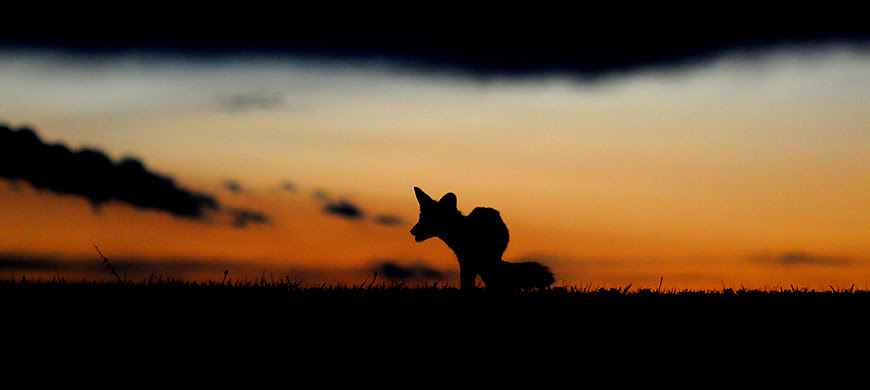
 KDWPT
KDWPT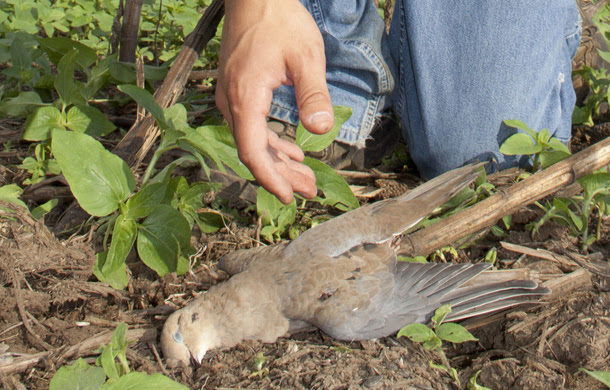
 KDWPT
KDWPT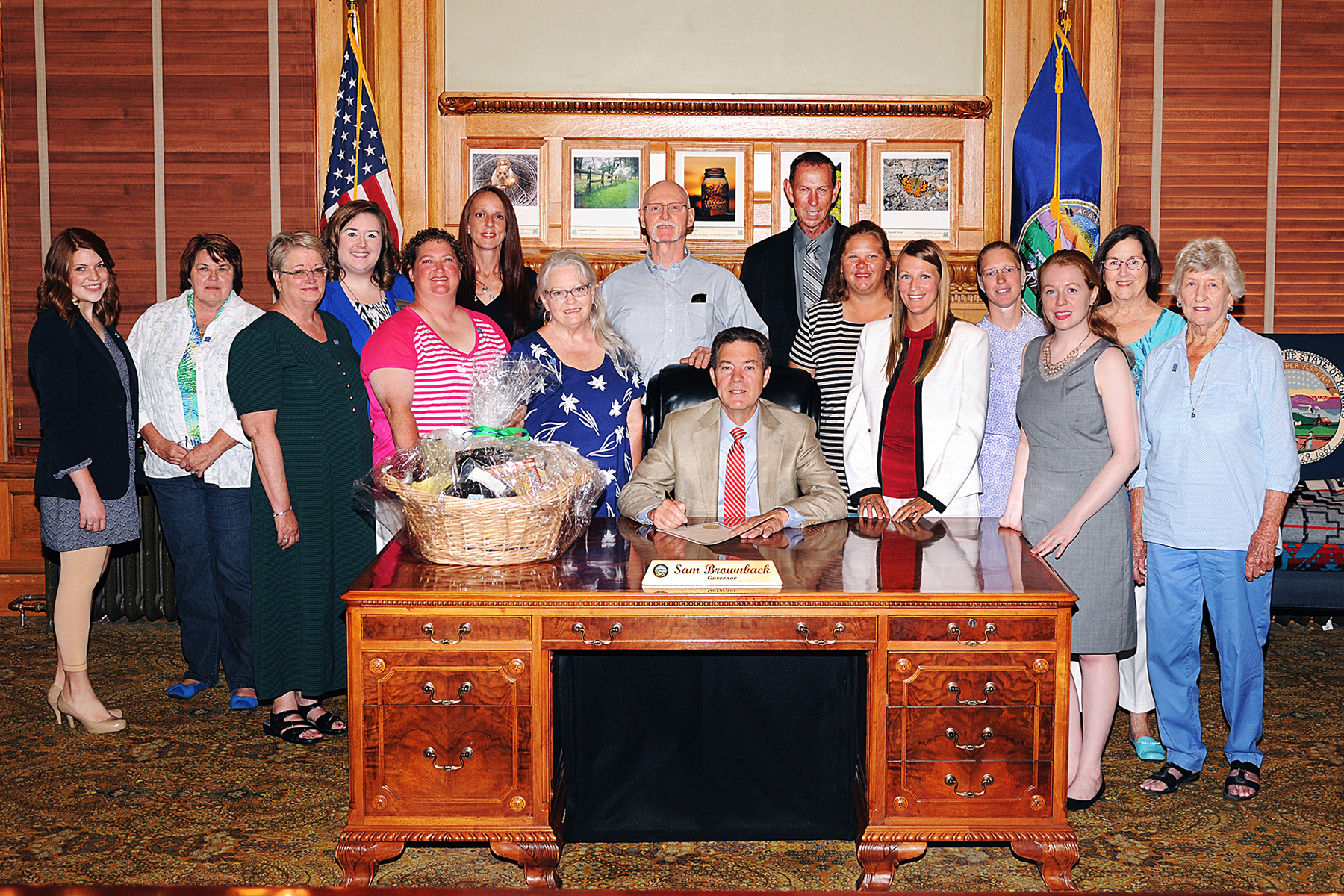

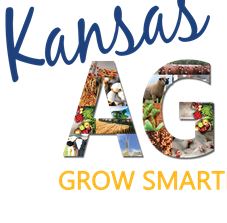
 KDA
KDA
 By MINDY MAZUR
By MINDY MAZUR Women’s Foundation promotes equity and opportunity for women of all ages, using research, philanthropy, and policy solutions to make meaningful change. In 2016, they released the
Women’s Foundation promotes equity and opportunity for women of all ages, using research, philanthropy, and policy solutions to make meaningful change. In 2016, they released the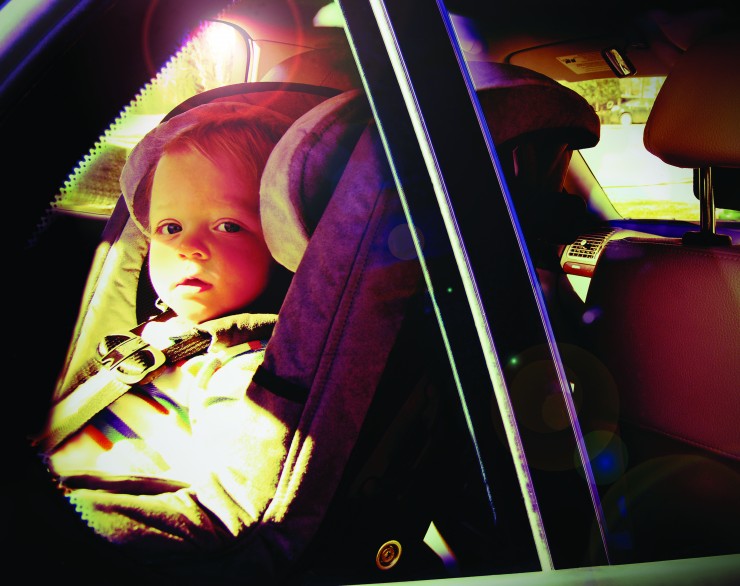
 KANSAS CITY–On National Child Vehicular Heatstroke Prevention & Awareness Day, Sunday, July 31,
KANSAS CITY–On National Child Vehicular Heatstroke Prevention & Awareness Day, Sunday, July 31, 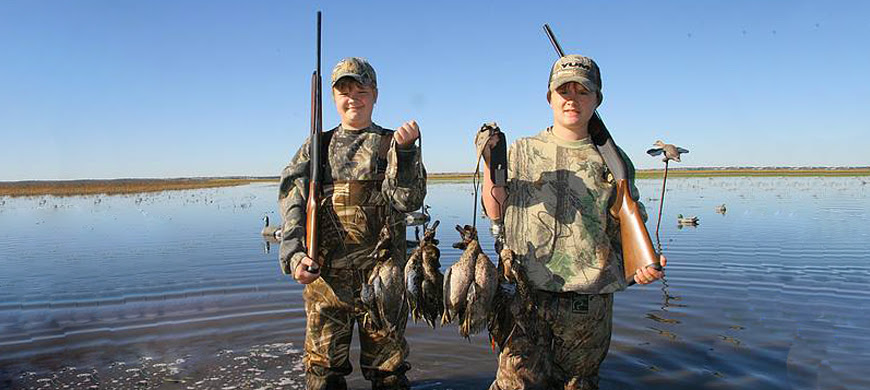
 KDWPT
KDWPT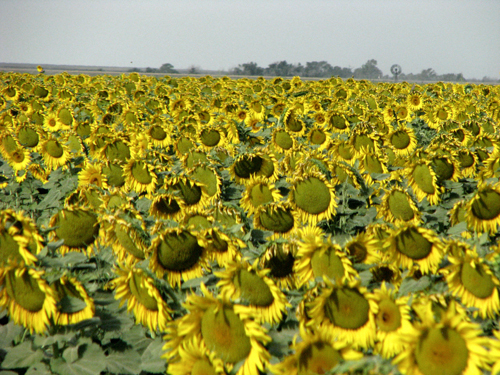
 KDA
KDA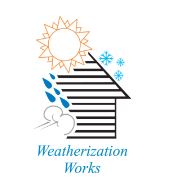
 KCC
KCC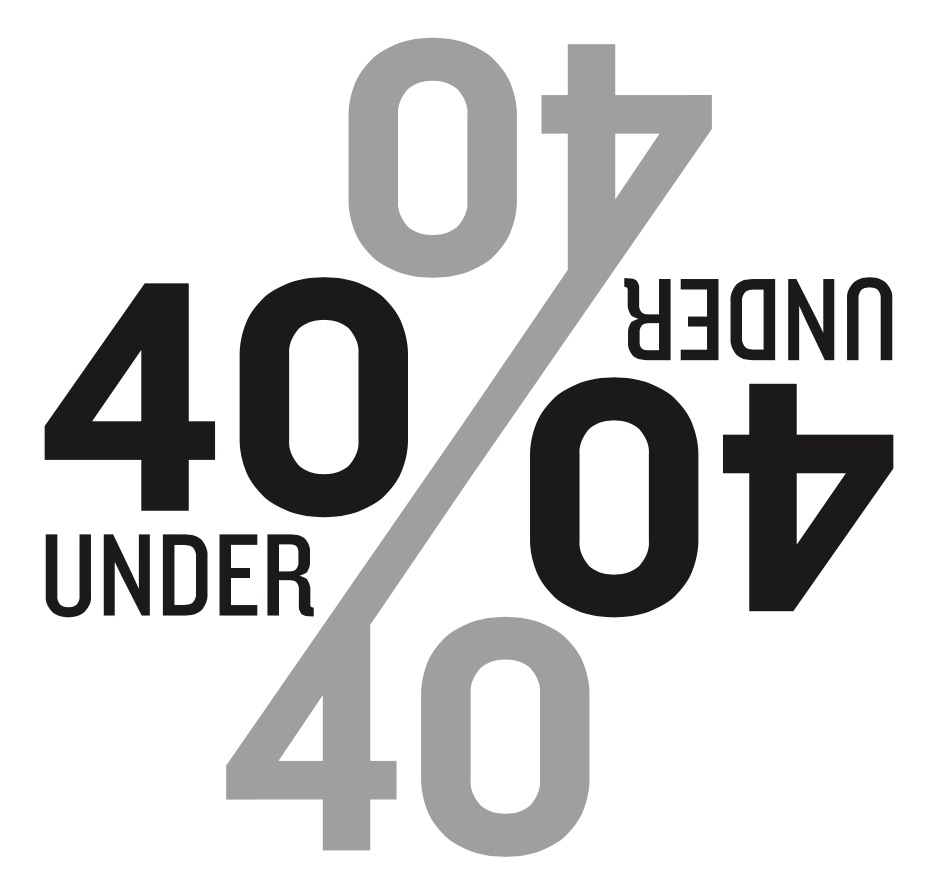
 CEP
CEP The program is open to innovators from all sectors—government, business, regulatory, academic, advocacy, and industry—and nominations will be accepted until 12:00 p.m. Fri., August 5th.
The program is open to innovators from all sectors—government, business, regulatory, academic, advocacy, and industry—and nominations will be accepted until 12:00 p.m. Fri., August 5th.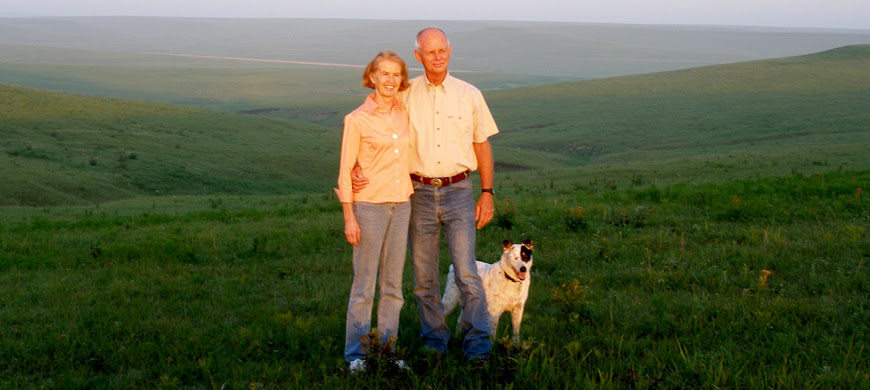


 KDWPT
KDWPT